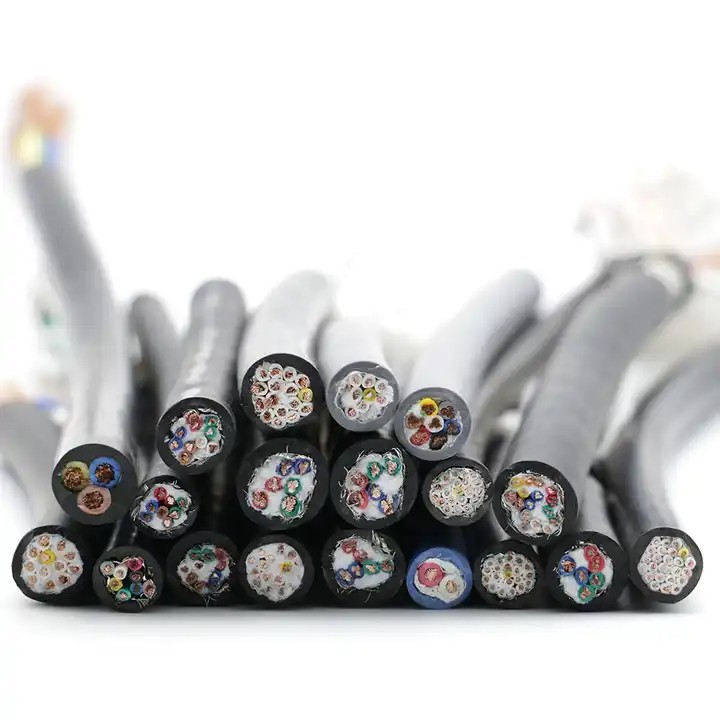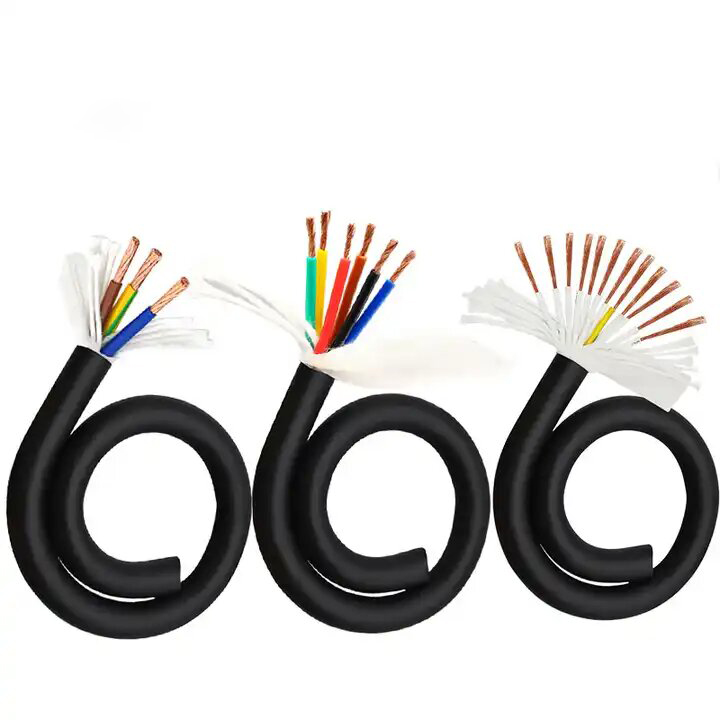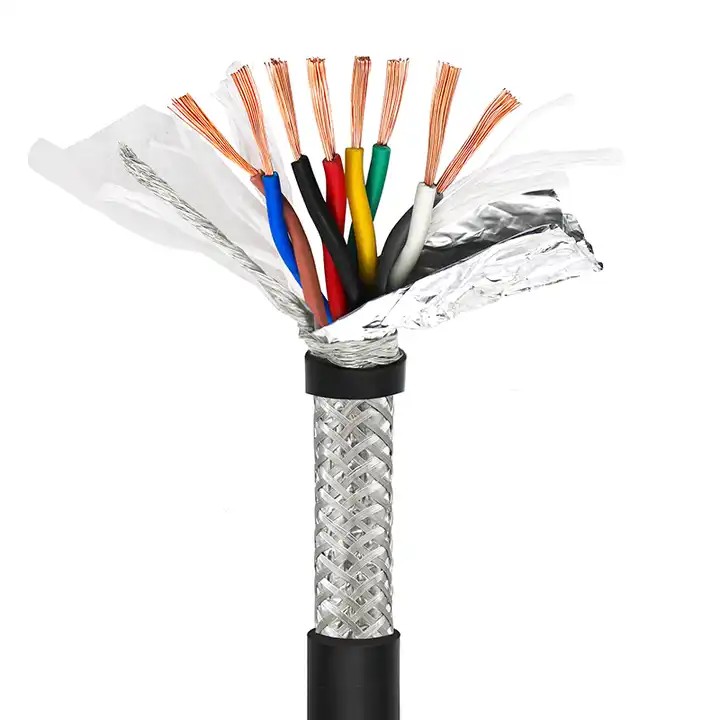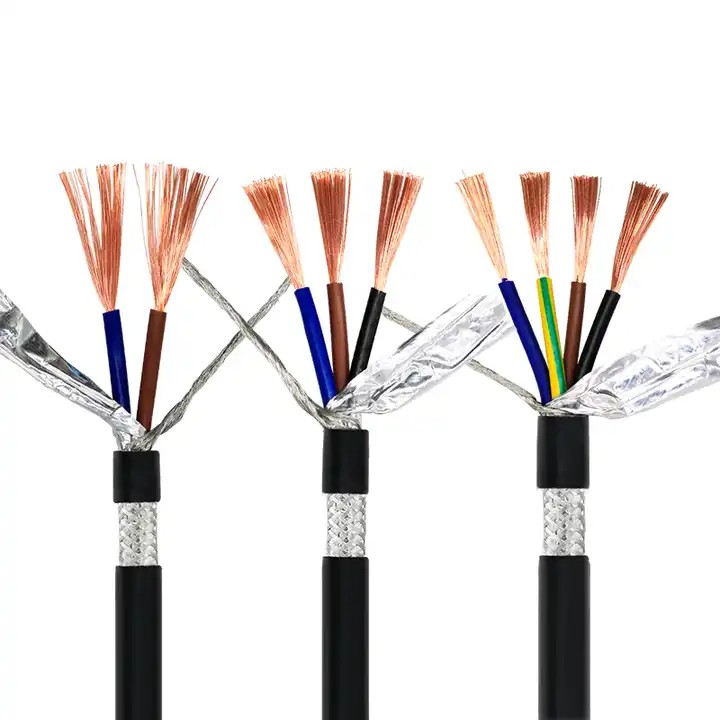The Future of Medical Cables: Trends and Advancements in Healthcare Wiring
Published:
2025-07-15 09:46:15
Discover the latest trends in medical cables and advancements in healthcare wiring.
Medical cables are crucial in modern healthcare, connecting medical devices that monitor, diagnose, and treat patients. With advancements in technology, these cables have become more reliable, flexible, and durable. As healthcare continues to evolve, medical cables are playing a central role in improving patient care. This article explores the future of medical cables, highlighting trends and advancements shaping the industry.
The Importance of Medical Cables in Healthcare
Before diving into trends, it’s important to understand why medical cables are vital in healthcare. They provide the connections that power critical medical devices. From ECG monitors to defibrillators, medical cables facilitate essential functions in hospitals and clinics. These cables carry power, data, and signals between medical equipment and patients, making them an integral part of modern healthcare infrastructure.
Medical cables must meet rigorous standards, as they must be durable, flexible, and able to withstand harsh environments. Moreover, they must ensure accurate signal transmission for patient safety. The growing demand for higher precision in healthcare is driving innovation in the development of medical cables.
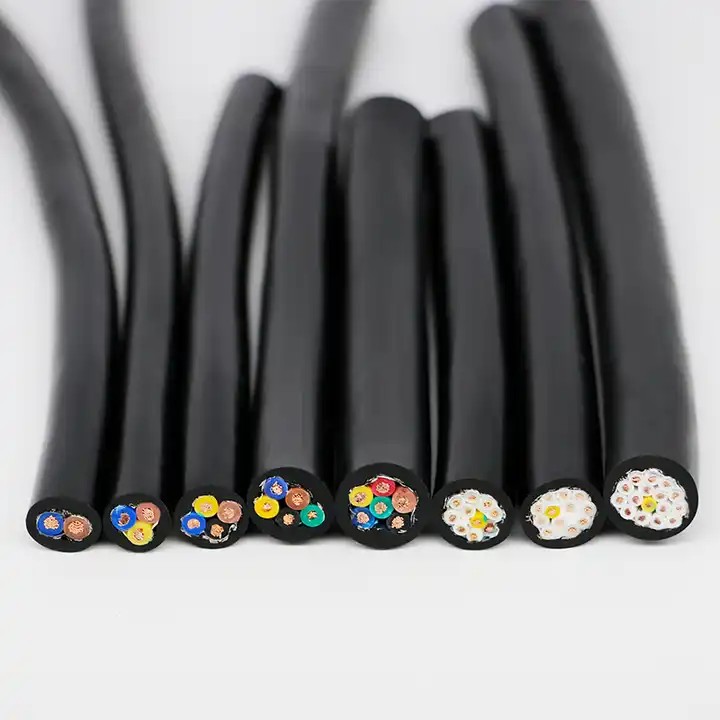
Key Trends Shaping the Future of Medical Cables
As technology continues to evolve, several key trends are shaping the future of medical cables. These trends focus on improving performance, increasing safety, and making cables more adaptable to changing healthcare needs.
1. Miniaturization of Medical Cables
One of the most significant trends in the medical cable industry is miniaturization. As medical devices become smaller and more portable, the cables that connect them must also shrink. Smaller cables make it easier for medical professionals to use devices in tight spaces, such as ambulances, operating rooms, and even home care settings.
Miniaturization also improves patient comfort. With smaller cables, healthcare providers can reduce the physical burden on patients, particularly for those with chronic conditions who require long-term monitoring. This trend is particularly important for wearable health devices, where the cable size must be minimal for patient comfort and usability.
2. Enhanced Durability and Longevity
Medical cables must withstand frequent use, extreme conditions, and sterilization processes. The durability of medical cables is becoming a key focus, as cables need to maintain their performance in demanding environments. Healthcare equipment must remain functional during long hospital shifts and with heavy handling.
Advancements in materials science are driving innovations in cable construction. New biocompatible materials offer better resistance to chemicals, abrasion, and wear. For example, cables are increasingly made with Teflon coatings and silicone insulation, which improve the cable's longevity and resistance to corrosion. As the healthcare industry moves toward more sustainable solutions, the lifespan of medical cables will continue to be a critical factor.
3. Wireless Medical Cables and Connectivity
Wireless technology is another major trend in medical cables. While wired connections are still the most reliable for most medical equipment, wireless medical cables are gaining traction. Wireless technologies like Bluetooth, Wi-Fi, and RFID are increasingly being integrated into medical devices, enabling remote monitoring and reducing the need for traditional cables.
Wireless medical solutions offer many advantages, such as increased flexibility and mobility for patients. For instance, wearable health monitors can transmit data wirelessly to healthcare providers, allowing for continuous monitoring without the need for bulky wires. However, the challenge lies in ensuring that wireless medical cables maintain a secure and stable connection for accurate data transmission.
4. Smart Medical Cables with Integrated Sensors
Smart cables are becoming a game-changer in the healthcare industry. These cables feature integrated sensors that monitor parameters like temperature, pressure, or electrical resistance. Smart medical cables can detect when a device is properly connected or when there is a fault in the system. This ensures real-time monitoring of device performance and helps avoid errors.
For example, ECG cables with integrated sensors can detect whether they are properly positioned, ensuring accurate readings. This helps eliminate human error and improves the overall quality of patient care. Smart cables also enable healthcare providers to make quicker decisions, leading to better patient outcomes.
5. Improved Biocompatibility and Infection Control
Biocompatibility is becoming a critical concern in medical device manufacturing, especially for cables that come into direct contact with patients. Medical cables need to be made from non-toxic materials that will not cause harm when in contact with the skin or other parts of the body. As the healthcare industry becomes more focused on infection prevention, cables with antimicrobial properties are being developed.
Cables with antimicrobial coatings can reduce the risk of healthcare-associated infections (HAIs), which are a significant issue in hospitals. Materials like silver-coated cables and antibacterial plastics help minimize the growth of harmful bacteria on the surface of cables. These innovations contribute to cleaner healthcare environments and better patient safety.
6. Customization for Specific Medical Applications
The future of medical cables will see a growing trend toward customized cables designed for specific medical applications. Each medical device may require unique cable specifications based on size, power requirements, and performance. For example, cables used in surgical robots may require enhanced flexibility and resistance to high temperatures, while cables used in neonatal care must be soft and gentle on sensitive skin.
Customizable medical cables will become more common as the healthcare industry continues to specialize and diversify. Manufacturers will increasingly focus on producing cables that meet the unique needs of specific devices or patient groups, ensuring optimal performance and patient care.
The Role of Regulatory Standards in Medical Cable Advancements
As medical cables evolve, adherence to strict regulatory standards remains essential. Regulatory bodies like the FDA, IEC, and UL ensure that medical cables meet safety, performance, and quality requirements. These standards are designed to protect patients and ensure that medical devices operate correctly in all situations.
As the industry continues to innovate, these standards will evolve to keep up with new technologies and applications. Manufacturers of medical cables will need to ensure that their products comply with the latest regulations to ensure safety and avoid liability.
Challenges in the Development of Future Medical Cables
Despite the advancements, there are several challenges in developing the next generation of medical cables. One of the main hurdles is maintaining reliability while reducing the size of cables. Smaller cables may be more prone to wear and tear, making durability a major concern.
Another challenge is ensuring wireless connectivity without compromising the performance of medical devices. Wireless medical cables must maintain a stable connection, even in environments with electrical interference or physical barriers.
Lastly, the cost of high-quality medical cables can be significant, and balancing innovation with affordability remains a key concern for manufacturers. Healthcare providers need access to the best possible technology while keeping costs in check, which requires ongoing research and development.
Conclusion
The future of medical cables is poised for significant advancements that will continue to enhance patient care and healthcare efficiency. From miniaturization and wireless connectivity to smart cables and antimicrobial materials, these trends are driving the next generation of medical cables. As healthcare technology continues to evolve, these innovations will help improve the accuracy, safety, and comfort of patients worldwide.
By embracing these advancements, the healthcare industry will be better equipped to handle the growing demands of modern medical practices. Whether through more flexible designs, increased durability, or real-time monitoring, the future of medical cables will play a crucial role in shaping the future of healthcare.


